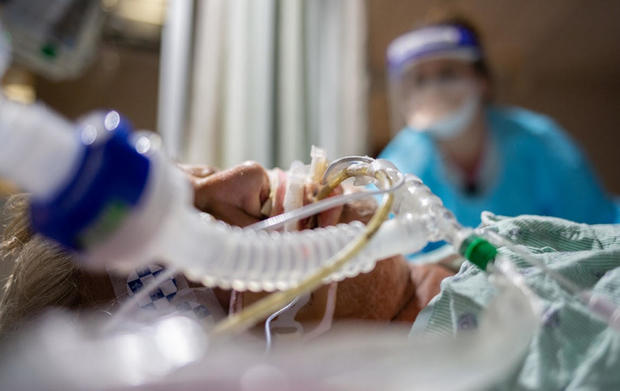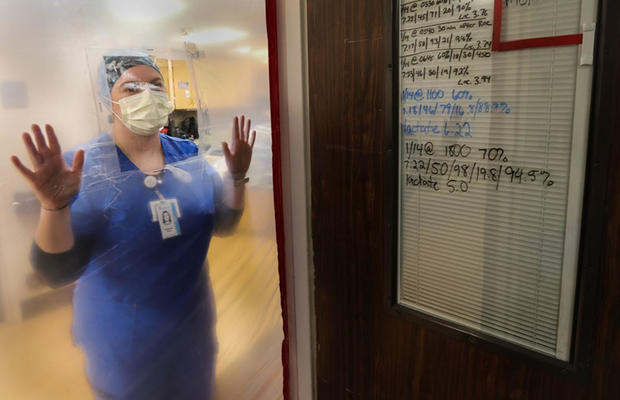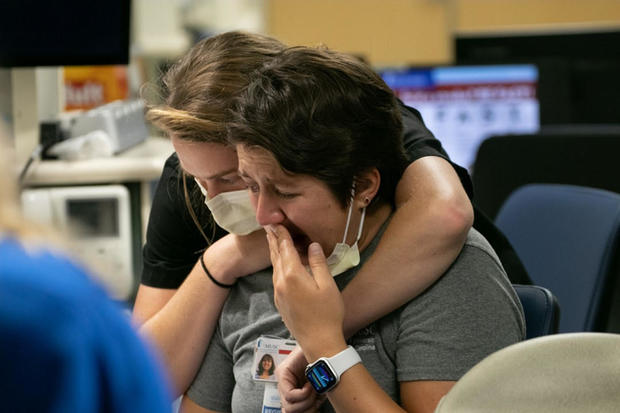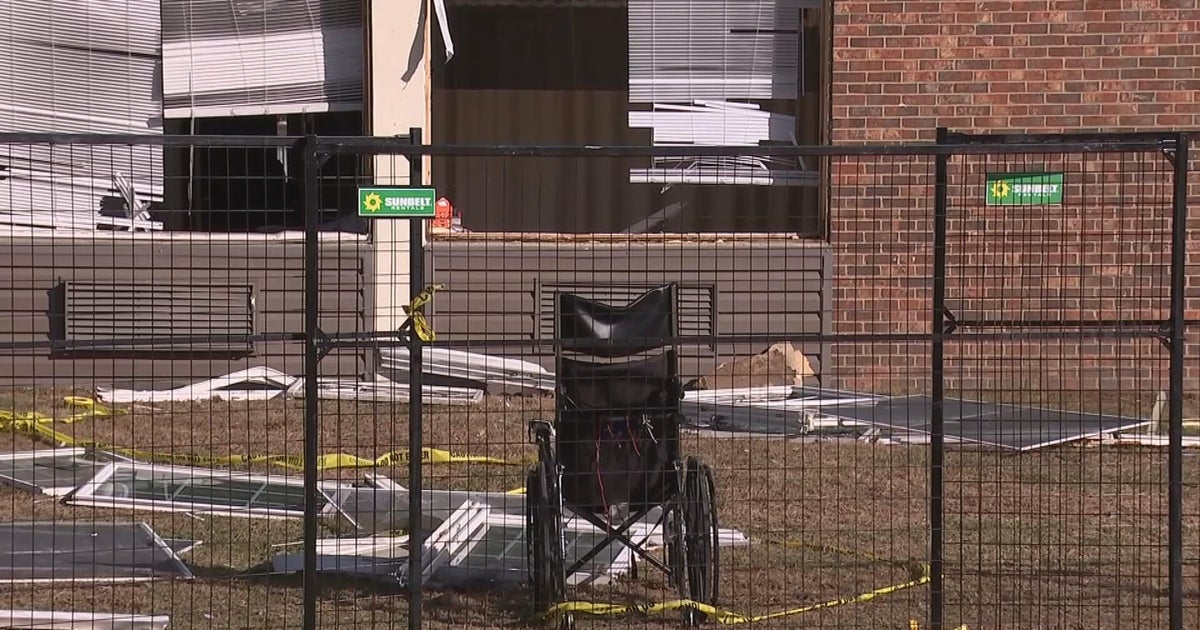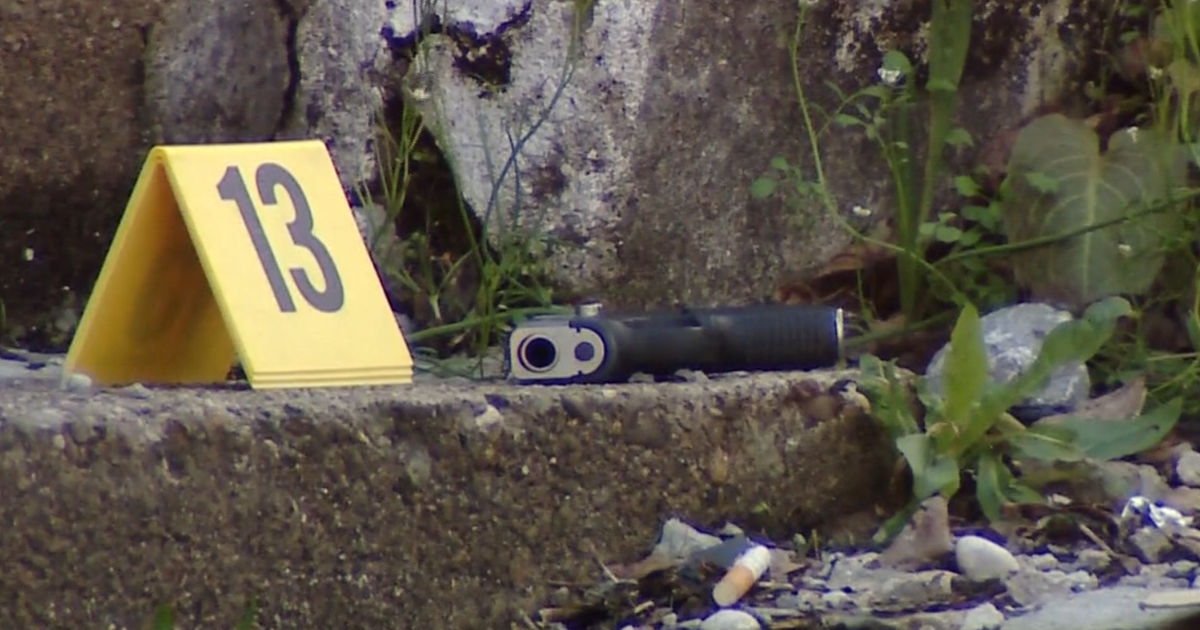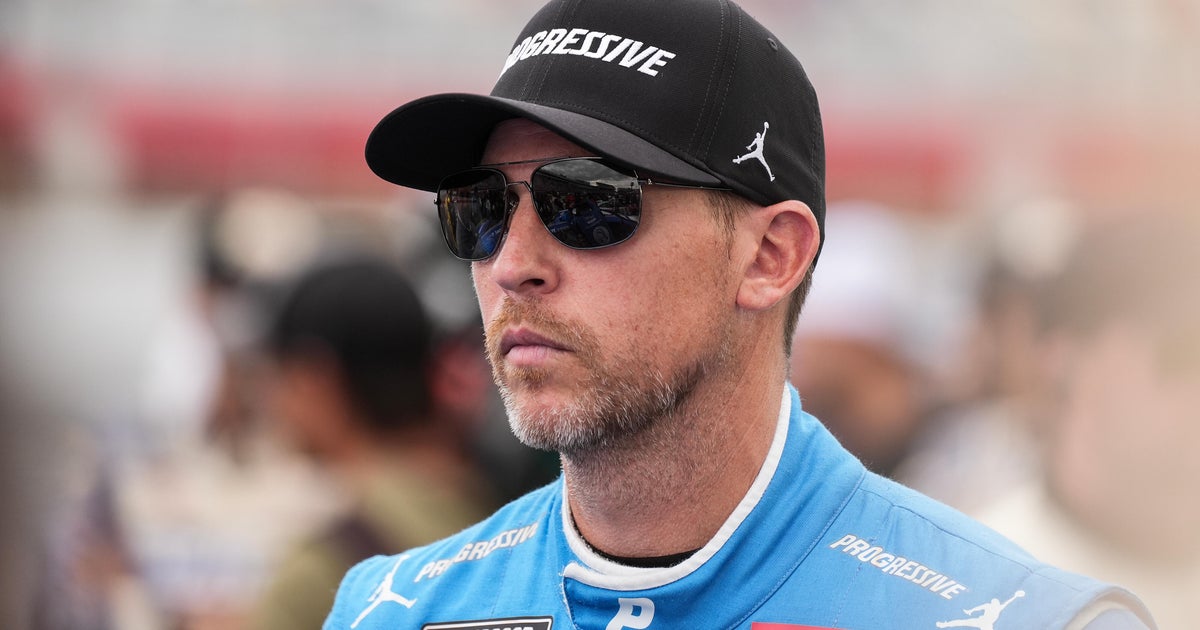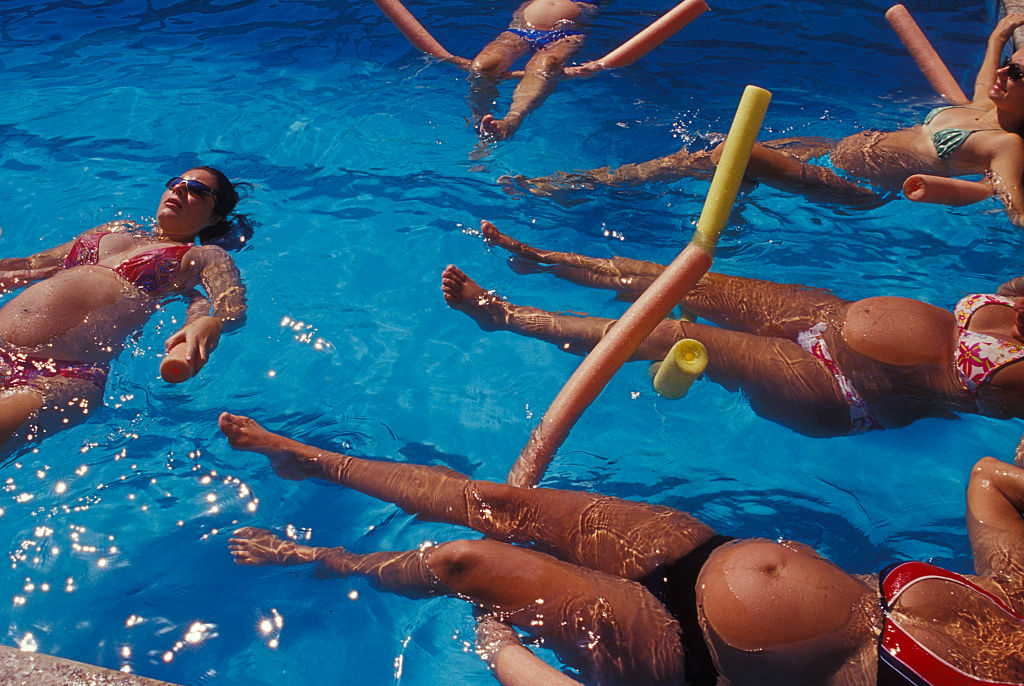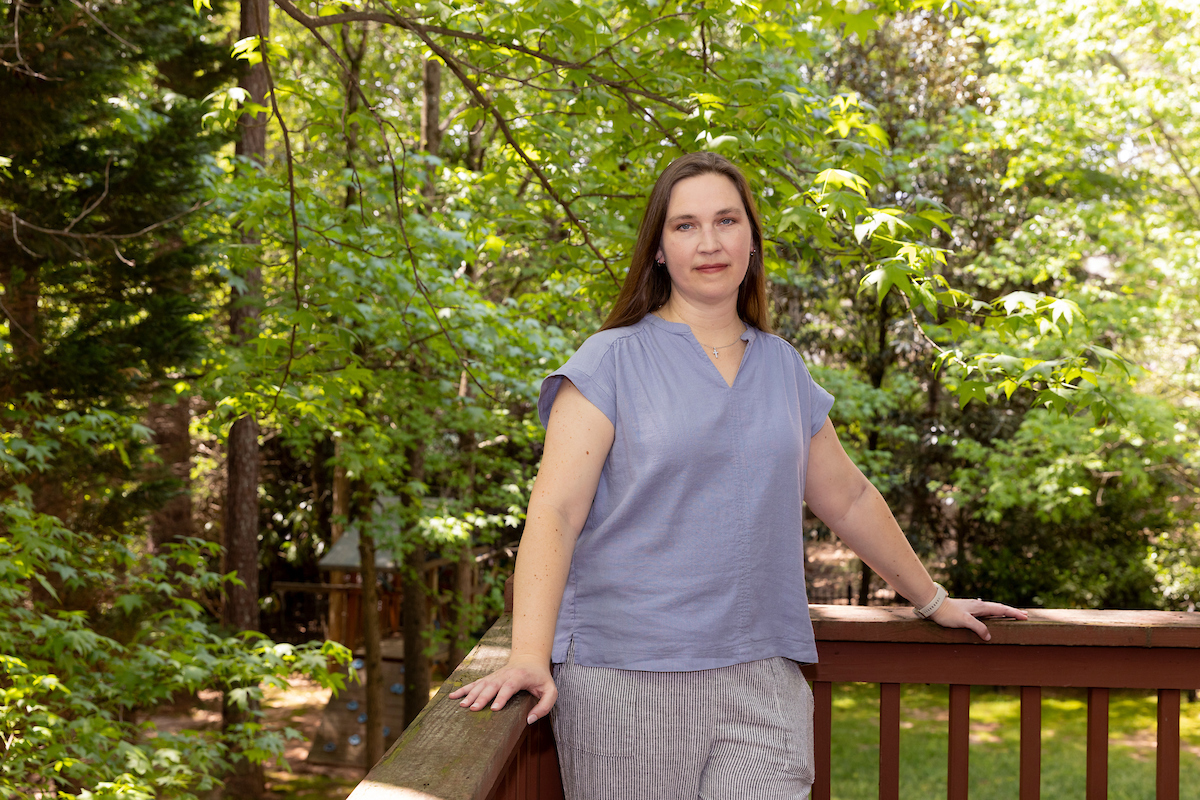Photojournalist-turned-nurse captures COVID patients' intimate moments
The most serious effects of the COVID-19 pandemic have happened mostly behind closed doors — in private homes and hospitals, where more than 800,000 Americans have died and many more have been sick.
CBS News and David Begnaud, lead national correspondent for "CBS Mornings," have extensively covered COVID-19 across the country since the pandemic began. Invariably, everywhere they went, a nurse or doctor has told Begnaud, "If only the public could see what we've seen."
Photographer Alan Hawes has tried to document the impact of COVID-19 with his photos. When he goes to work at the Medical University of South Carolina in Charleston, he brings with him a special ability as he cares for the sickest of the sick COVID patients: he takes pictures of what many will never see.
Hawes became a nurse 11 years ago. Previously, he spent 23 years as a newspaper photographer, and that gives him the ability to tell the stories of some patients.
In one photograph, hospital patient Ryan Simpson is shown at the hospital's cardiac ICU after he was sent there urgently due to his heart beating fast for many days.
"How fast?" Begnaud asked.
"135 to 165," Hawes said.
One photo shows the first moment Ryan's wife, Sarah, saw her husband.
"I think [she was] kind of taken aback by all the people in the room as they were preparing to take him to the operating room," said Hawes.
Hawes gives sight to what caregivers and frontline workers routinely see. His pictures document COVID's grip as it tightens.
In one photograph, Hawes shows a prayer cloth a woman's family brought her and asked that it stay with her at all times. Hawes said the woman later died.
In another, a man is seen texting people on his cell phone telling them what's going on.
Hawes said he took that picture because he felt like "he knew where he was going."
What Hawes believed came true — the man was intubated
"Two days later, I walked in and there he was," Hawes said.
The man ended up surviving and is unvaccinated.
"I have quite a few times had a patient who's unvaccinated, and I'll think to myself 'You did this to yourself,'" he said. "And I'm like, 'I can't invest any emotion in you.'"
"It's part of being a good nurse is having empathy," he said. "Once you hear the stories of some of our patients from their family members, you can become a fan of that person and you just know that they've made a bad decision."
Hawes humanizes them. But he said he's had a hard time because nurses are broken right now emotionally. He also feels that way.
Patients and family members give him permission to photograph them.
"I think people have a message that they want to get out there," he said.
It took a year and a half to get permission to do the project. "I think the time when I got approval to do the project, I titled my email 'public service project' and I think that's what made the difference," Hawes said.
Among the pictures Hawes has taken is a mother holding a picture of her newborn she cannot touch. Also pictured is a girlfriend who keeps a bedside journal.
The journal reads: "Steve James Lavender, you know that I love you with all of my heart and soul. You better not ever leave me."
"Every night I tell all my patients, all my family members: This is a roller coaster. This is two steps forward, one step back," said Hawes.
In a picture, Hawes' colleague, a nurse who is triple vaccinated but a life-long asthma patient. He is seen struggling to breathe.
Hawes said he doesn't take pictures of his own patients.
Keam was an exception. In her picture, she wrote "I feel miserable" on a whiteboard.
As the day went on, she got sicker and was sedated. The following day, her nurses hoped music therapy would help.
Hawes said he thinks Keam is going to make it.
"I think so, just because she's got such a spark of life, I can't imagine. If she has anything to do with it," he said.
Joel David Croxton was 72 when he died. Hawes recalled what he meant to the hospital.
"He had the heartstrings of just about every nurse in our unit, I think, when he was there," he said.
In an image, a nurse is seen breaking down after calling Croxton's wife to tell her it was time to say goodbye. Another photo showed his wife, Sandy, arrived to hold his hand. A nurse is seen using an iPad to Facetime with a chaplain.
One picture of Croxton had Hawes worried. Would it be too painful for his wife to see?
Hawes never usually sees the families again, but in this instance, Hawes did see Sandy Croxton again — this time they held each other, no pictures needed, just thank you to each other.
Hawes is struggling. He said at one point, the frontline workers were worried about COVID in the beginning, but now they really don't worry about it.

